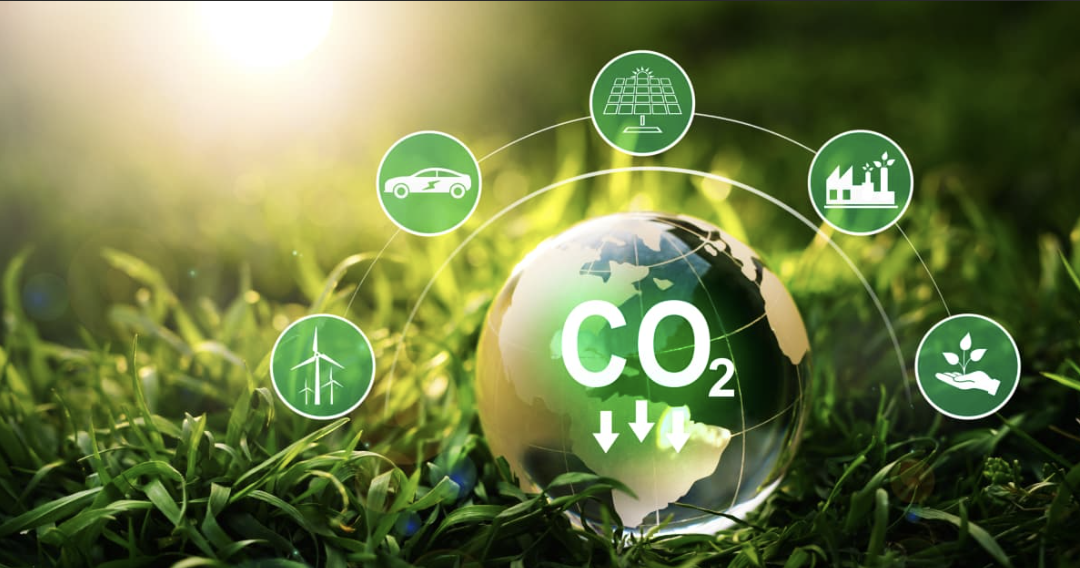In today’s ever changing world, which constantly pushes for more green energy, ASB has continuously implemented an increasing number of measures to increase its eco-friendliness. One such change, carried out in 2023, was the addition of photovoltaic panels (aka solar panels) on the roof of the High School building. From the moment they were installed and connected to the school’s power, a marked difference in ASB’s energy efficiency was noted. In 2023, the newly installed solar panels provided between 11,000 and 15,000 kilowatt-hours of energy every month, reducing ASB’s electricity consumption by 20%. These solar panels were also surprisingly cheap; their purchase is expected to be offset by the cheaper energy bill in only 5 years.
Having solar panels at ASB is especially advantageous for multiple reasons. The location of the panels allows them to face direct sunlight for most of the day, and the sunny climate of Barcelona further increases their energy output. Their installation thus substantially reduced ASB’s carbon footprint and electric bill. The solar panels are also useful when it comes to educating people about energy efficiency and eco-friendliness. In the past few months, there have been various efforts on behalf of the Eco Club members to teach some of the younger middle and elementary school students about these new solar panels. So far, two 5th grade classes have gone up to the roof and learned about the various benefits of this new installation to our school. All in all, the addition of these solar panels has lowered the cost of maintaining the school and created learning opportunities for students when it comes to caring about our environment.
In addition to the school’s adopting of solar panels in an effort to reduce costs and emissions, ASB has also installed more efficient insulating windows in the high school. A more efficient boiler and heating system has also been implemented, significantly lowering our school’s consumption of natural gas. These upgrades allow the buildings on campus to retain heat better, therefore reducing our reliance on radiators and using less energy overall to keep warm. As can be seen with the implementation of these upgrades, significant improvements have been made with regard to energy usage and management within the ASB buildings. In the last few years, ASB’s carbon footprint has been reduced by over 20 tons.
The graphs below help illustrate the actual benefits of these upgrades. The first shows energy use in 2022 (orange) compared with energy usage in 2023 (blue). The gray bar graph represents energy provided by solar panels (in megawatt-hours). These figures demonstrate the solar panel’s significant effect on the school’s consumption, decreasing the total energy that ASB uses each month by a considerable margin. The second graph shows natural gas use over a span of three years; across all the months there are consistent improvements in natural gas consumption. Gas consumption, which totaled 209,000 kilowatt-hours in 2021, dropped to around 150,000 kilowatt-hours (estimated) in 2023 (no data is available for the months of Oct, Nov, or Dec).
(Graphs provided by Jose Manuel Calahorra)
Lastly, ASB’s Eco Club embarked on a fundraising effort to raise money to buy UNFCCC-approved carbon offsets. These purchases offset ASB’s carbon footprint by investing in wind farms in Uruguay, which helps Uruguay reduce its emissions. Eco Club raised over 300 euros and will be buying offsets in the coming weeks, to help make ASB carbon neutral. However, we have to keep working to reduce ASB’s footprint further and keep more carbon out of the atmosphere. If you are interested in helping in this fight, sign up to the Eco Club during Lynx!
This article was co-written by Lucas Srba Cabeza and Andrew Jenkins

